

I love my dog to pieces, but unfortunately she has one of the worst shedding problems I've ever experienced. She is charmingly deceiving with a short, white coat that doesn't seem as bad as a long-haired breed might at first glance. Yet somehow it still ends up everywhere. If I don't clean, a thin layer of dog hair accumulates over the entire house in a matter of a day or two. Sometimes I can only look at her in amazement. Despite all of this shedding, she still has a full coat; where does it all come from? Out of desperation I asked my vet for advice at her yearly checkup. The following is a list of tips he gave to me:
1. Brush your dog on a regular basis. Brushing you dog's fur really helps to remove any loose hair in his/her coat. It's also important to use the right brush...different types of hair will need different brush types. Bristle brushes can generally be used to brush all hair types.
2. Make sure they don't have any allergies. Dogs who have allergies or flea problems tend to scratch at themselves more, which in turn loosens the hair and causes shedding. Some common signs your dog has either of these problems are constant itching/scratching, watery/red eyes, or inflamed, red areas on their skin.
2. Give your dog supplements for a strong, healthy coat. One of the things my vet recommended was to start giving my dog was fatty acid supplements (omega 3's and 6's). He suggested I giving her fish oil pills, as these contain both. They will help make your dog's hair shiny and soft too.
3. Make sure your dog is eating a quality, well-balanced diet. One of the other things my vet asked me was what sort of food I was using. Try and find a dog food brand with meat as the first ingredient listed. Dog foods with ingredients like corn and soy are not good for the dog's digestive process and can lead to unhealthy skin and hair growth.
4. Keep your dog hydrated. Make sure your dog has plenty of water, and if the air in the house is especially dry, it might be a good idea to try adding a humidifier. The drier your dog's skin is, the more scratchy it will be. This will cause your dog to constantly scratch and loosen more hair.
5. Bathe your dog regularly. Giving you dog a bath really helps to wash away any excess hair. Also, keeping your dog clean will help relieve any skin problems he/she might have. There are dog shampoos that are made to help calm the skin. Look for ones with oatmeal or aloe to help sooth the skin.
And here are some tips I have found useful for controlling the damage in your home:
1. Invest in a vacuum. If you don't have a vacuum and dog hair is a serious problem for you, you really should purchase a vacuum. It is the fastest and most effective way of cleaning dog hair from floors and furniture. Also, the hose is more effective than dust rags for picking hair up from crevices and small corners.
2. Purchase a lint-roller. My work requires me to wear black clothing, and unfortunately my dog is white. If I didn't have a lint roller to use on myself before work each day, I would probably be reprimanded for poor presentation...I'd be bringing a large part of my dog with me to work each day on my clothes!
3. Place towels on car seats, and restrict your dog to certain areas of the house/car. To protect my truck from dog hair (my truck also has a black interior), I restrict my dog to the back trunk area. I lay a towel down on the floor so she knows this is her area, and to help collect loose hair as well.
4. Protect any precious clothing in a plastic bag. I cover my most expensive articles of clothing and jackets in plastic bags, because I do not want to risk having them covered in dog hair. I just don't want to deal with the hassle of using a lint roller on sheer, delicate fabric or extra dry cleaning bills if I can help it.
Also, there is some speculation that dogs mostly kept indoors may have an irregular shedding schedule because they are not exposed to outdoor light as much. Dogs were originally meant to shed twice a year with the season; hair is replaced with a thicker coat in the winter and a thinner coat in the summer. This is not strictly proven, but because shedding is a biological response to seasonal and weather changes, dogs who aren't outdoors as much may shed year round instead of only twice.
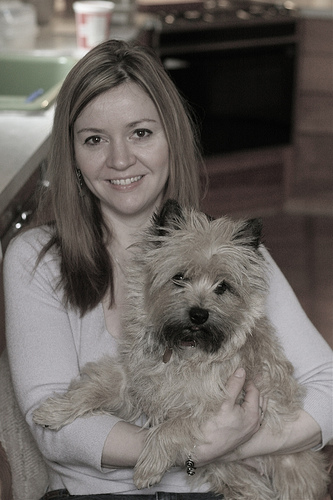 Interview With A Professional Dog Groomer
Interview With A Professional Dog Groomer
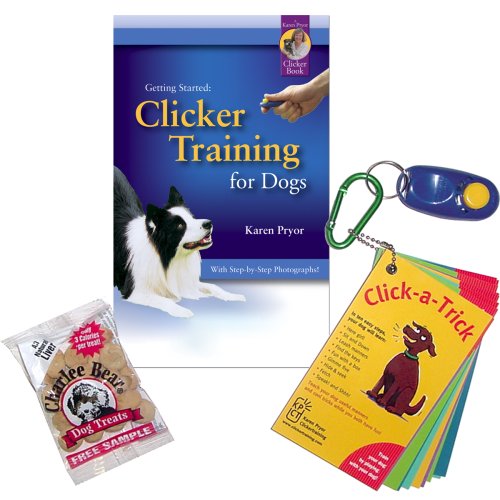 Basic Obedience Training for Dogs: What You Ought to Know
Basic Obedience Training for Dogs: What You Ought to Know
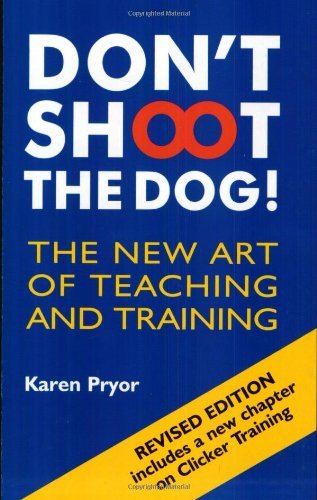 My Dog Jumps Up On People
My Dog Jumps Up On People
 Top Seven Dog Treats - A list of the best, most healthy dog treats available
Top Seven Dog Treats - A list of the best, most healthy dog treats available
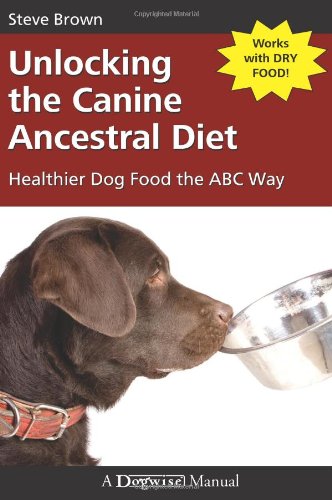 Raw Food Diet for Dogs
Raw Food Diet for Dogs
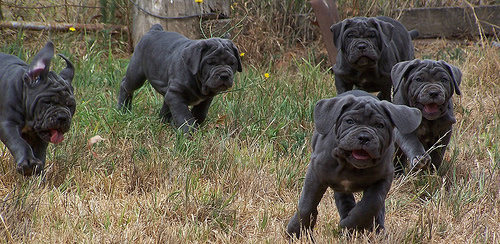 Choosing A Good Dog Breeder: A Guide For How To Choose a Reputable Breeder
Choosing A Good Dog Breeder: A Guide For How To Choose a Reputable Breeder
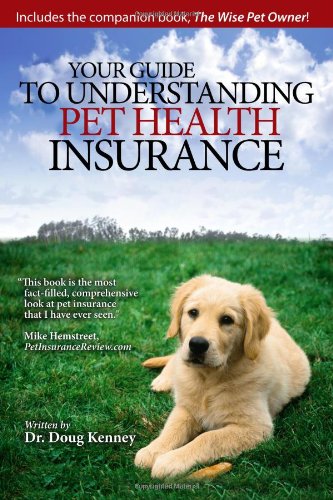 Pet Health Insurance
Nunya Undergoing Radiation Therapy (Not Inexpensive!)
Pet Health Insurance
Nunya Undergoing Radiation Therapy (Not Inexpensive!)
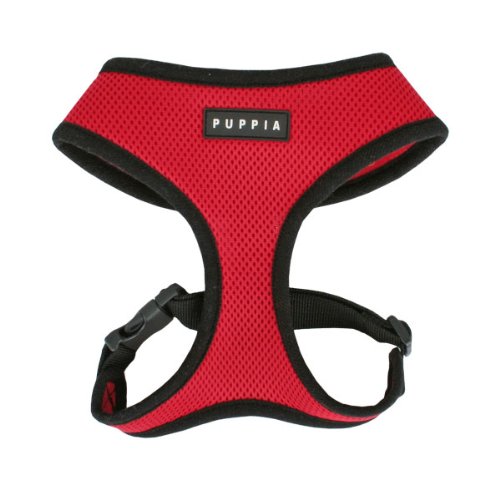 The Difference Between Harnesses and Collars for Dogs
The Difference Between Colla
The Difference Between Harnesses and Collars for Dogs
The Difference Between Colla
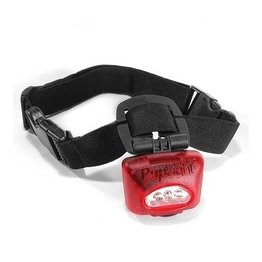 Puplight Dog Safety Light Red
Using a Puplight is a great
Puplight Dog Safety Light Red
Using a Puplight is a great
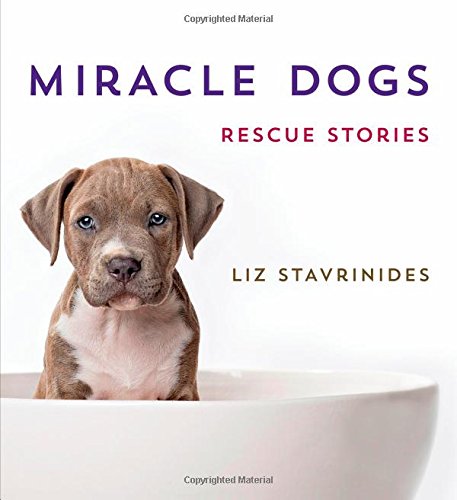 Why You Should Adopt A Rescue Dog For Your Family
Credit: Flickr: Ian Phillips
Why You Should Adopt A Rescue Dog For Your Family
Credit: Flickr: Ian Phillips
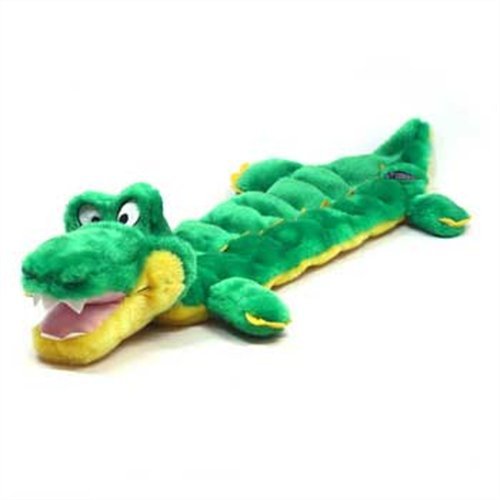 The Benefits of Giving Your Dog Chew Toys and Treats
Credit: Peter Griffin
The Benefits of Giving Your Dog Chew Toys and Treats
Credit: Peter Griffin
Copyright © 2005-2016 Pet Information All Rights Reserved
Contact us: www162date@outlook.com